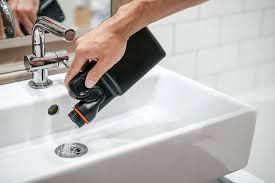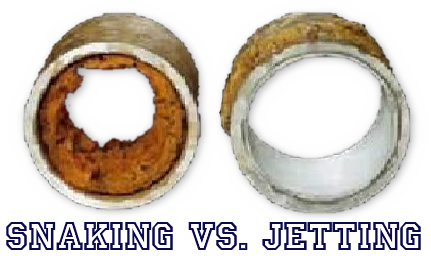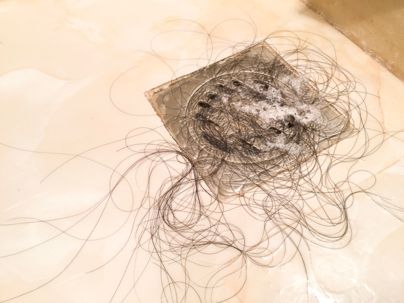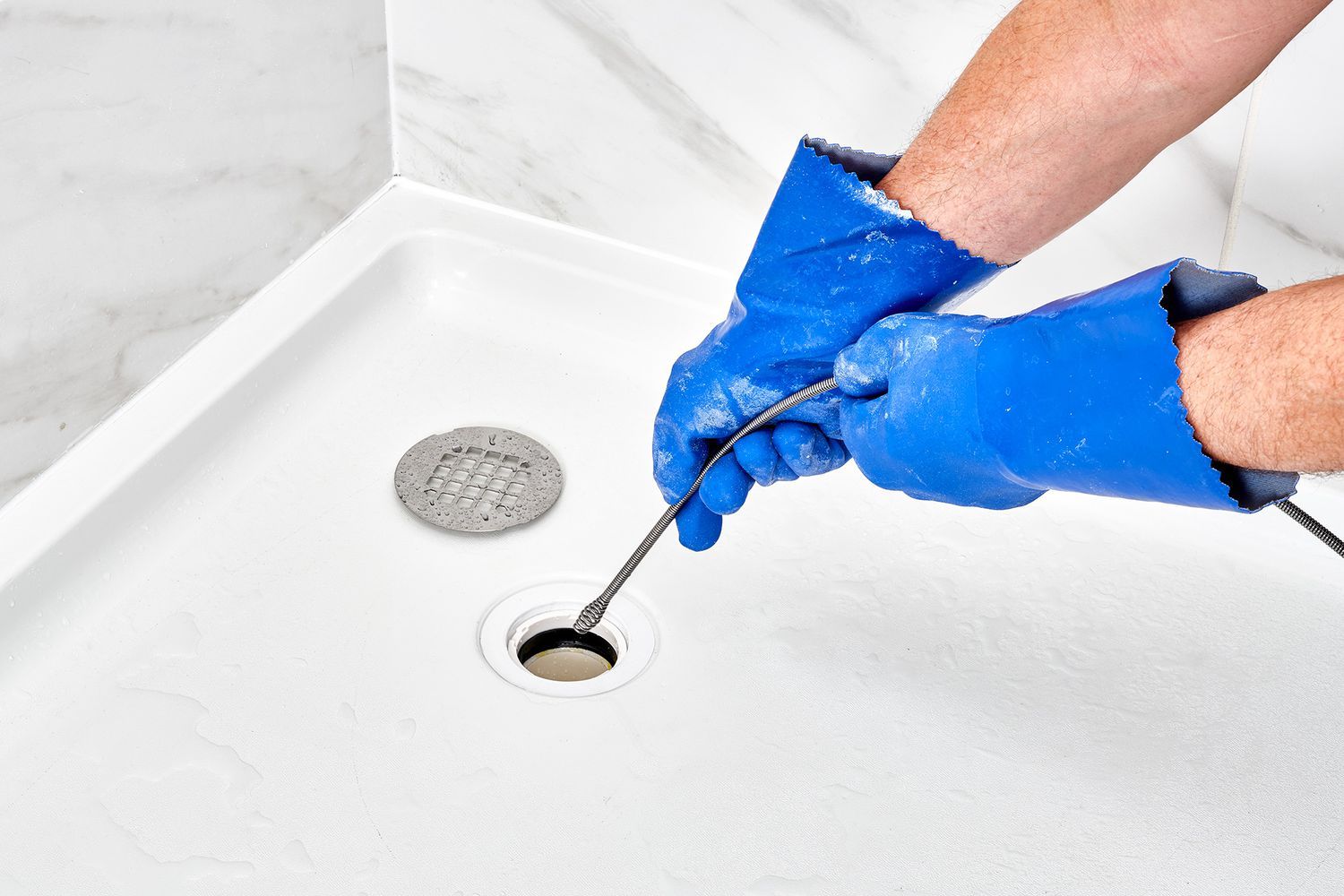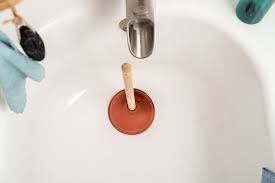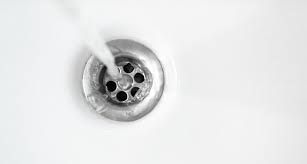How Deep Are Sewer Lines?
When you flush the toilet or drain the sink, you probably don’t think about where the wastewater goes. But beneath every home, street, and city lies an extensive network of sewer lines that transport waste to treatment facilities. One of the most common questions homeowners, contractors, and engineers ask is: how deep are sewer lines? The depth of these underground pipes varies based on climate, soil conditions, city regulations, and the type of sewer system in place. Understanding sewer line depth is crucial for everything from home construction to emergency repairs, ensuring efficiency, safety, and cost-effectiveness in plumbing projects. For professional help, please reach out to us!
"How to Prevent Sewer Line Clogs"
Factors That Determine Sewer Line Depth
1. Climate and Frost Line Depth
One of the biggest factors influencing sewer line depth is the climate of a region. In colder areas where the ground freezes during winter, sewer pipes must be buried below the frost line to prevent freezing and blockages. The frost line depth varies by location; in warm climates, it may only be a few inches below the surface, while in colder regions like Minnesota or Canada, it can extend several feet underground. This is why sewer lines in these areas are often buried at least 4 to 8 feet deep to prevent freezing and potential damage.
2. Local Building Codes and Regulations
Every municipality has specific guidelines dictating the required depth of sewer lines. These regulations exist to ensure the proper slope for wastewater flow, prevent damage from surface activities like construction, and maintain public health and safety. Some cities mandate that sewer lines be buried at a minimum depth of 3 feet, while others require depths of 6 feet or more, depending on terrain and urban planning needs.
3. Gravity vs. Forced Sewer Systems
Sewer systems are generally categorized into two types: gravity-fed and forced sewer systems.
- Gravity Sewer Systems: These rely on a downward slope to move waste naturally toward treatment plants. Because of this, the depth of gravity sewer lines increases the farther they extend from the home or building, ensuring a continuous flow without the need for pumping. In urban areas, these lines can be buried 10 feet or more below the surface.
- Forced Sewer Systems: When gravity alone isn't enough (such as in flat or low-lying areas), pressurized systems use pumps to move sewage. These systems allow sewer lines to be installed at shallower depths, sometimes only 2 to 4 feet below ground, since pumps actively push wastewater through the pipes.
4. Type of Soil and Terrain
The composition of the soil plays a role in determining how deep sewer lines can be installed. In areas with loose or sandy soil, pipes may need to be buried deeper to provide stability and prevent shifting. In rocky or mountainous regions, sewer lines might be shallower because excavation is more challenging and costly. Engineers must assess the soil conditions to ensure that sewer pipes remain stable and functional over time.
5. Urban vs. Rural Settings
In densely populated urban areas, sewer lines tend to be buried deeper to accommodate multiple layers of underground infrastructure, including water mains, gas lines, and electrical conduits. In contrast, rural areas with fewer underground utilities may have shallower sewer lines, sometimes just 3 to 6 feet deep, as they don’t have to compete for underground space.
Average Depth of Sewer Lines
While there is no universal depth for sewer lines, most fall within a common range:
- Residential Areas: Typically 3 to 6 feet deep, depending on climate and local regulations.
- Commercial Areas: Often deeper, ranging from 6 to 12 feet due to higher waste volumes and larger infrastructure.
- High-Traffic Zones: In major cities where sewer lines are located under roads or sidewalks, depths of 10 to 15 feet or more are common to prevent damage from vehicles and construction activities.
Risks of Incorrect Sewer Line Depth
1. Freezing and Pipe Damage
If sewer pipes are buried too close to the surface in cold climates, they can freeze, leading to blockages, cracking, and expensive repairs. This is why frost line depth must always be considered during installation.
2. Soil Erosion and Ground Movement
Shallow sewer lines are more vulnerable to shifts in the soil caused by erosion, heavy rainfall, or seismic activity. If pipes move or crack due to ground instability, sewage leaks and backups can occur, posing serious health hazards.
3. Clogs and Slow Drainage
If sewer lines are not installed at the proper depth with an adequate slope, wastewater may not flow efficiently. This can lead to recurring clogs, slow drainage, and frequent plumbing issues requiring professional intervention.
4. Damage from Surface Activities
Sewer pipes that are too close to the surface risk being damaged by construction, tree roots, or even simple landscaping activities like digging or driving heavy machinery over the area. A deep enough installation protects pipes from accidental punctures or pressure damage.
How to Determine the Depth of Your Sewer Line
If you’re planning to install, repair, or replace a sewer line, knowing its depth is essential. Here’s how to find out:
1. Check City Records and Permits
Many municipalities keep records of underground utilities, including sewer lines. Contacting your local building department can provide information on standard depths in your area.
2. Use a Sewer Scope Inspection
Professional plumbers can use a specialized camera to inspect your sewer lines. This method helps determine their exact depth, condition, and any existing issues like blockages or cracks.
3. Manual Digging and Probing
If records are unavailable and you want to verify sewer line depth, excavation or soil probing can be done. However, this should be handled with caution to avoid damaging the pipes.
Preventive Measures for Sewer Line Protection
- Proper Installation: Ensuring sewer lines are installed at the correct depth from the beginning prevents long-term issues.
- Routine Maintenance: Regular inspections and cleaning reduce the risk of clogs, leaks, and root infiltration.
- Avoid Planting Large Trees Nearby: Tree roots can seek out moisture and penetrate pipes, leading to costly repairs.
- Be Aware of Underground Utilities Before Digging: Always check for underground sewer lines before any construction or landscaping work to avoid accidental damage.
Conclusion: Depth Matters More Than You Think
The depth of sewer lines is not a one-size-fits-all measurement—it depends on climate, regulations, soil conditions, and the type of sewer system in place. While residential sewer lines are generally buried 3 to 6 feet deep, commercial and urban settings often require deeper installations. Understanding these depths is critical to maintaining a functional and efficient wastewater system, preventing costly repairs, and ensuring the long-term durability of underground infrastructure. Whether you’re a homeowner dealing with sewer line issues or a contractor planning an installation, knowing how deep your sewer lines should be is essential for a well-functioning plumbing system.
